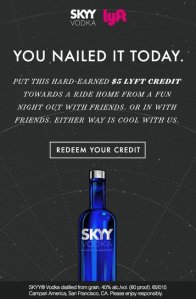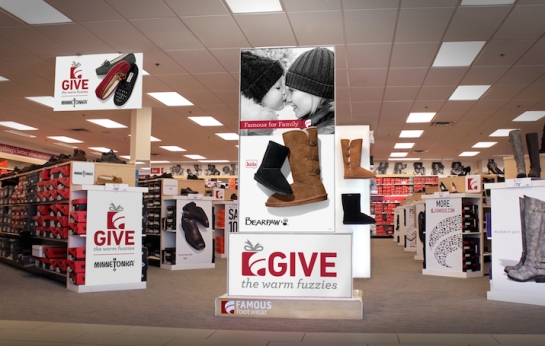
An illustration from Taco Bell’s Taco Emoji Engine
From my New York Times article:
The condom brand Durex has used World AIDS Day as a marketing hook for years, but for the most recent edition it tried something different: a condom emoji.
Durex said there was no icon that communicated a desire for safe sex, so it started a campaign to provide one on smartphone keyboards. The consortium that sets standards for characters and emojis has yet to approve it, but the mere fact that Durex started the campaign prompted 210 million mentions on Twitter and, by Durex’s estimates, drew 2.6 billion media impressions worldwide.
Such is the power of emojis. And more companies are taking notice.
“There’s a lot of brand demand for emojis,” said Ross Hoffman, senior director of global brand strategy at Twitter, which recently started offering custom emojis for companies to use in advertising. That is because some 92 percent of the online population now uses emojis, according to a study by Emogi, a start-up that uses them to let people indicate how they feel about particular ads. Swyft Media, which creates alternate phone keyboards featuring multiple emojis, says people send six billion of them a day.
Brands like emojis for several other reasons. For one, they reach ad-averse millennials, sailing past ad-blocking software. They are visual, which makes them a natural fit for popular messaging apps such as Snapchat and Instagram and also appeals to international audiences. And because they are meant to be shared, the brand images are distributed widely, free.
“All of a sudden, the brand is in this very personal conversation between friends and family,” said Evan Wray, the chief executive of Swyft Media.
Now, emojis are everywhere in marketing. …






